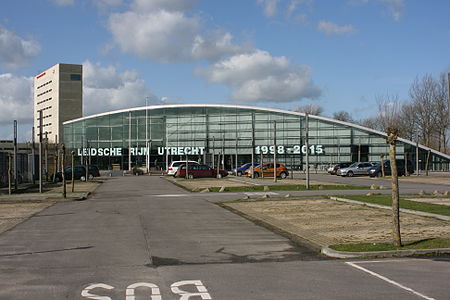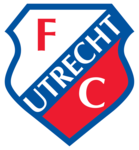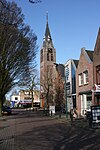Leidsche Rijn

Leidsche Rijn is a neighbourhood in the west of Utrecht in the central Netherlands. It consists of two parts, Leidsche Rijn and Vleuten-De Meern. By 2007 the neighbourhoods of Veldhuizen, Parkwijk, Langerak and large parts of Terwijde were inhabited. During construction several archeological remains were discovered. In 1997 and in 2003 Roman ships were discovered in the neighbourhood of De Balije. In 2002 and 2003 Roman watchtowers were discovered in the neighbourhoods of Vleuterweide and Het Zand. The centre of this new neighbourhood will be situated above the Rijksweg A2 and will possibly include a few high-rise structures. There are about 35,000 people living in Leidsche Rijn as of the end of 2015 (estimate based on 80,000 inhabitants in 2025). In 2015 Castellum Hoge Woerd opened its doors. On the spot where Romans guarded the river from a fort, now a modern interpretation of the fort with ramparts of six metres high has been built: Castellum Hoge Woerd. Behind the high walls are an archaeological museum, stables and an educational centre for nature and environmental education, a theater and a cafe-restaurant. On May 18 2018, Leidsche Rijn Centrum opened its doors as a local shopping center for the population of Leidsche Rijn. It also has the biggest supermarket of the province Utrecht called Jumbo Foodmarkt Leidsche Rijn.
Excerpt from the Wikipedia article Leidsche Rijn (License: CC BY-SA 3.0, Authors, Images).Leidsche Rijn
Simon Carmiggeltplantsoen, Utrecht Leidsche Rijn (Utrecht)
Geographical coordinates (GPS) Address Nearby Places Show on map
Geographical coordinates (GPS)
| Latitude | Longitude |
|---|---|
| N 52.0964879 ° | E 5.0522518 ° |
Address
Simon Carmiggeltplantsoen 24
3544 HW Utrecht, Leidsche Rijn (Utrecht)
Utrecht, Netherlands
Open on Google Maps







